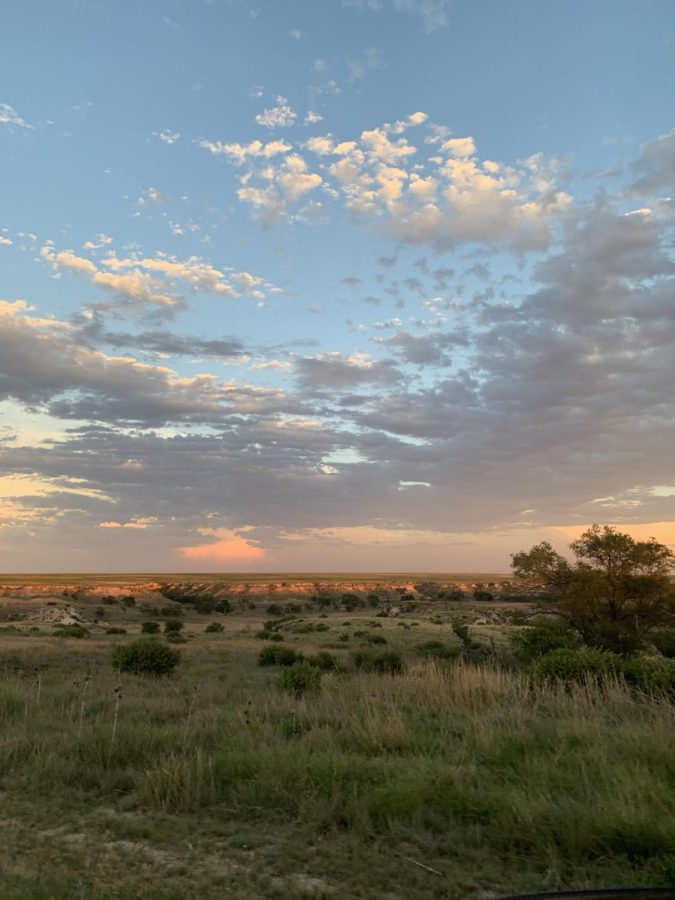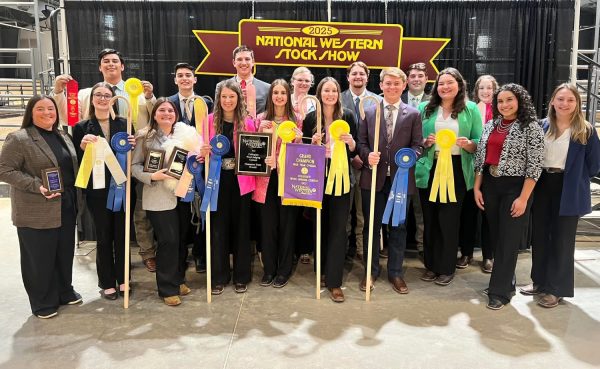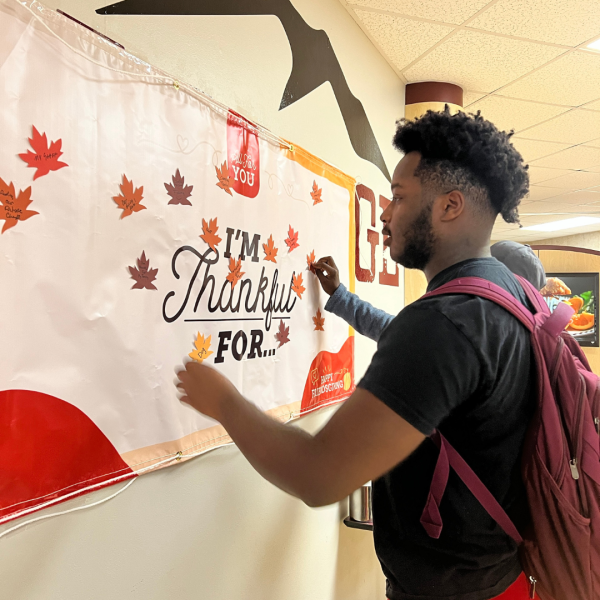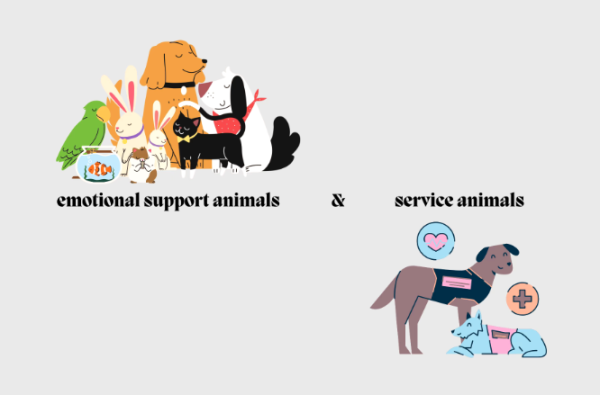Indigenous Peoples Day at WT
A view of Buffalo Lake National Wildlife Refuge, which is located 5 miles south of Umbarger and Hwy 287 towards New Mexico.
Oct. 10, 2022 marks Indigenous Peoples Day. This holiday falls on the second Monday of Oct. and has since replaced Columbus Day for a number of reasons. The major reason is that Columbus Day signifies the historical atrocities of Christopher Colombus.
West Texas A&M University sits atop the land that was once the home of several different bands of Comanche, or “Nʉmʉnʉʉ” (NUH-MUH-NUH). The translation from Comanche means “the people” as they were the “Lords of the Plains.” Much like WT, which has won multiple National Horse Judging Championships and a world-renowned equine program, the Comanche people mastered the skill of horseback riding, breeding and trading unlike any other community on the planet.
Even though the culture at WT directly stems from the life of the Comanche on the exact same land, there is no recognition on behalf of the university for the people who had their land stolen. WT is a fairly large university and yet there is no recognition, besides the few items located in the Panhandle Plains Historical Museum, of the indigenous inhabitants of the Llano Estacado.
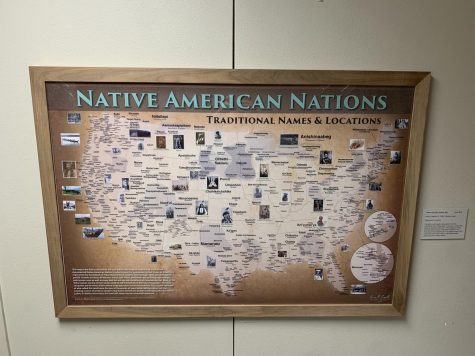
History of the Comanche Nation was a relatively short period of time, in the grand scheme of life. From the time of the 1600s/1700s, with the introduction to the effects of colonization, the Shoshone kinsman moved from a valley in Wyoming to the well-known empire that stretched from Wyoming and Nebraska to New Mexico and Texas.
During the period of their move from Wyoming to the Great Plains, they had little to no encounters with White settlers. However, that all changed when the great move to Texas was underway in the beginning of the 1800s. After that, on behalf of encroaching white settlers that were violating treaties left and right, raids that are commonly associated with Native Americans started occurring.
The Comanchero were the best warriors in the Western Hemisphere, in large part to their excellent horsemanship, and for a while White settlers were terrified of the inhabitants of the land that they were on. The most well-known figure of the Texas Panhandle, Quannah Parker, would not be alive if not for the circumstances of White settlers forcing themselves onto the land of Texas in the 1800s. Quannah Parker was the son of a Nocona band Chief and well-known White family.
The symbiotic relationship that the Comanche had with the entire South Plains relied on the balance of buffalo and the environment of the Llano Estacado. Their way of life was nomadic and moved with the herds of millions of buffalo. It is important to remember on Indigenous Peoples Day that the balance of nature that Native Americans have no longer exists for American culture, due to the actions of history.
Nowadays there is little evidence of the people that helped manage the ecosystem of the south plains in our communities. As of 2022, WT has only 45 Native American students out of 9,275 students. Even trying to write this story, there is little infrastructure in place to honor and respect the knowledge that indigenous people have over the land we live on.
A great way to honor native people on Indigenous Peoples Day is by watching indigenous media that has recently been created. Prey and Reservation Dogs are both found on Hulu. They are created by indigenous creators and further portray native people in a respectful manner.
For those that would like to learn more about the history of the Comanche and the High Plains, “Empire of the Summer Moon” by S.C. Gwynne is a great resource. The book can be found at the Cornette Library.



